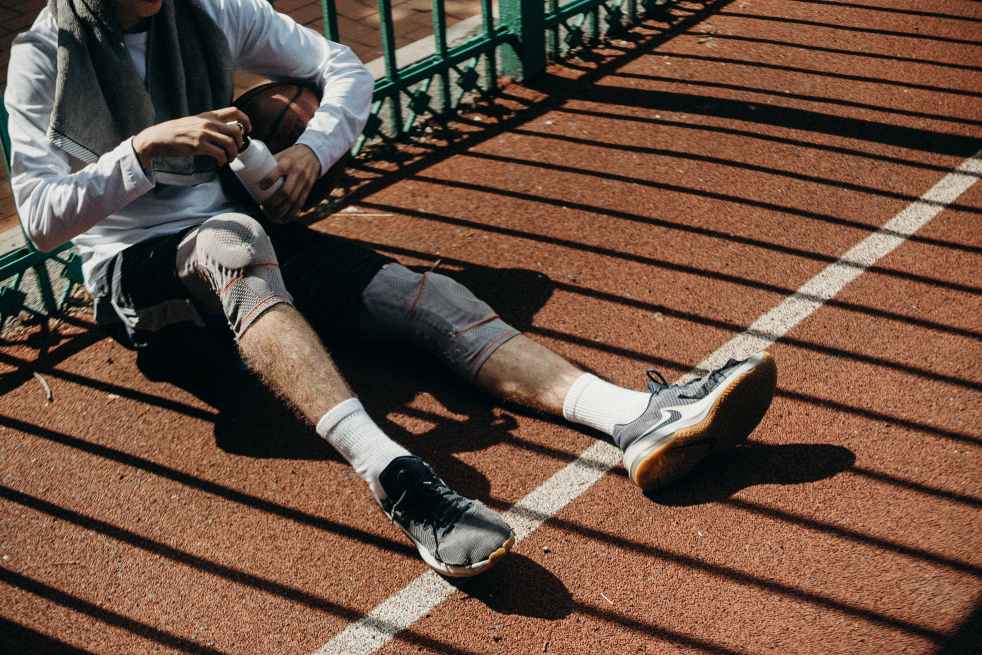Ensuring optimal child foot health is paramount for their overall well-being and development. From infancy to adolescence, understanding the steps of pediatric foot care is crucial. Parents play a pivotal role in fostering healthy foot habits that impact a child’s posture, mobility, and comfort. Proper shoe fit and sock selection, along with regular toenail care, are fundamental to this care routine. Attentive monitoring of a child’s foot growth, coupled with awareness of common foot issues, allows for early detection of foot health issues and intervention. Encouraging physical activity not only promotes overall health but also contributes to the development of strong and flexible feet. Teaching children about foot hygiene and instilling good posture habits establishes a foundation for a lifetime of healthy feet practices. Regular check-ups with our pediatric podiatrist at DeNiel Foot & Ankle Center ensure comprehensive foot care, addressing concerns promptly and proactively. By embracing these essential guidelines, parents safeguard their child’s foundation for a healthy and active life.
A good posture plays a crucial role in the overall development and health of a child’s feet. It involves the correct alignment of the spine, pelvis, and limbs, which influence the positioning and function of the feet. Parents play a significant role in promoting good posture in children. Encouraging activities that strengthen core muscles and teaching proper body mechanics contribute to cultivating healthy posture habits. Regular physical activity, such as stretching and strengthening exercises, also supports the development of good posture and, consequently, contributes to the overall growth and health of a child’s feet. Key aspects of how good posture contributes to healthy feet growth in children:
- Good posture ensures even weight distribution on both feet. It helps prevent excessive pressure on specific areas of the feet, reducing the risk of discomfort and developmental issues.
- Proper posture supports the natural arches of the feet. When a child maintains correct posture, it helps in the development and maintenance of the arch structure, promoting stability and balance.
- Correct posture engages the muscles of the feet, ankles, and legs. This engagement is vital for the development of strength, flexibility, and coordination, contributing to overall foot health.
- Good posture ensures proper alignment of joints, including the ankles, knees, and hips. This alignment reduces stress on the joints and helps prevent issues such as over pronation or supination in the feet.
- Maintaining proper posture can reduce the risk of developing foot deformities, such as flat feet or hammertoes. Correct alignment supports the natural structure of the feet during the growth phase.
- Good posture enhances a child’s balance and stability, crucial for activities like walking, running, and playing sports, promoting a healthy and confident gait.
- Proper posture contributes to the overall alignment of the spine. Any misalignment in the spine can affect the entire musculoskeletal system, including the feet.
- Maintaining good posture reduces strain on the ligaments and tendons in the feet. This can help prevent injuries and conditions such as plantar fasciitis.
- Good posture promotes healthy movement patterns, ensuring that a child’s feet are used in a balanced and coordinated manner. This contributes to the development of efficient and functional foot mechanics.

